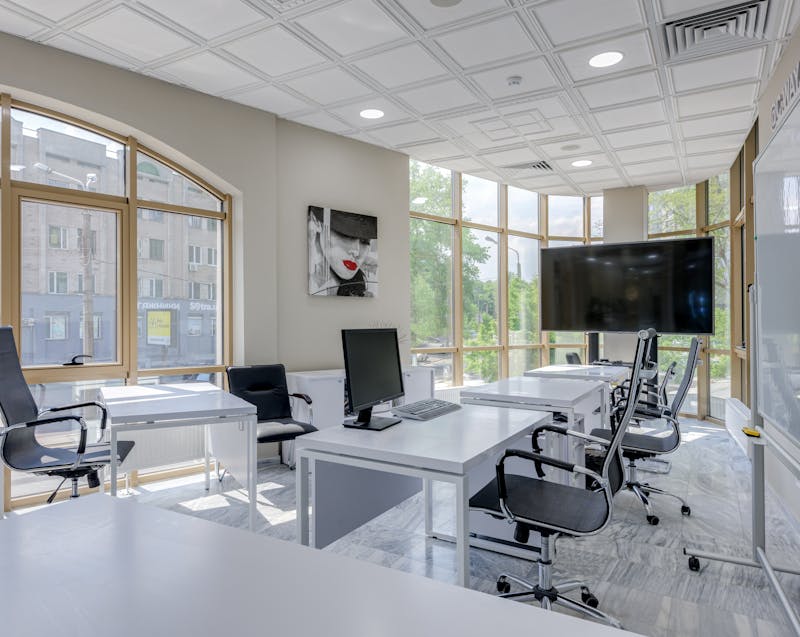Before the coronavirus pandemic, adoption of AI and other emerging technologies within the workplace was simply an investment to make a company competitive in the future. But in the age of social distancing, these technologies are now deemed essential to accommodate workers returning to the office. Employers may also need to invest in significant reconfigurations in the office area and daily processes.
Touchless tech
Voice assistants and other contactless interfaces could be the top choices for organizations. Workers may no longer need to put their thumb on biometric systems but, instead, say “I’m in” for attendance. All doors and taps in the bathroom will likely be motion-activated. Even shared keyboards in the office may be replaced with speech-based technologies like voice-to-text transcription. The idea is to promote a “touchless culture” and keep workers safe from contracting or spreading viruses and germs.
No more open-office layout
To maintain physical distancing rules, companies need to say goodbye to open-office layouts. Such floorplans promote hot-desking and collaborative spaces that may not be deemed safe in the new normal.
Employers will have to embrace reconfigurations, such as spaced desks, one-way hallways, and personal lockers. Common areas like the pantry, IT rooms, and the lobby may need to be redesigned to ensure no more than ten people stay in one area at a time.
Also, keyboards, headsets, and mice will be personal accessories—the era of sharing office equipment is over. Workers may store these accessories in their office lockers or haul them back and forth every day.
Restructuring from headquarters to hubs

Many workplaces could mimic big tech companies that restructured their work environments from headquarters to hubs even before the coronavirus pandemic hit the world. Instead of running a large office to host the majority of their workforce, firms may opt for regional sites or co-working spaces.
Post-pandemic, flexible working arrangements will be the new normal. One team will work in a smaller central office, another will work from home, and the rest will be assigned to different co-working hubs.
If you are an employer, such arrangements may help cut your operational expenses. You only need to pay for leases of smaller office spaces and monthly rentals of co-working hubs. If you’re an investor, this trend should tell you it’s good to start a co-working business as long as you follow new safety protocols and only rent out each room or area to one team.
Mobile robots
Currently, mobile robots are used in restaurants and hospitals to deliver food to diners and patients. In manufacturing and industrial operations, robots work alongside human workers to improve employees’ productivity. But expect these robots to serve regular offices as they can help maintain social distancing.
Employers can use mobile robots to move materials between spaced desks. Such robots can also be proved beneficial in cleaning and sanitizing break rooms, bathrooms, reception, and other work areas.
After widescale spending on laptops, video-conferencing software, and other online collaborative tools to boost work-from-home setups, employers now gear up for expenses associated with office re-openings. The shift may be costly. But this means spending on the safety of their most significant assets—their employees.





